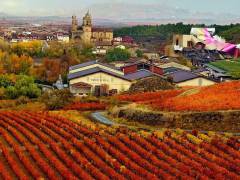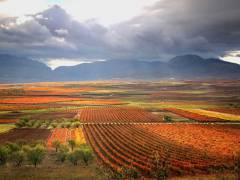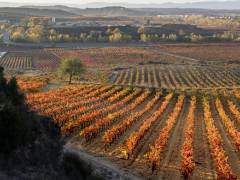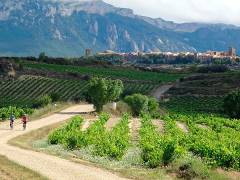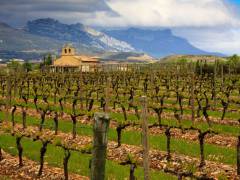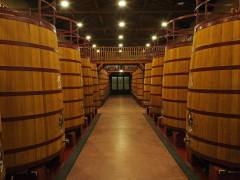The revival of Rioja!

For years, Rioja has been a symbol of traditional Spanish wine: lean, stale, and already worn before it hit the market. But a number of winemakers turned things around. The results are fantastic: Rioja can be proud of its wines again.
Invariably, the Spaniards themselves put forward the Rioja wines as the best in their country. The wine world spoke of "riojitis", because to find such wines the best, you really had to suffer from a disease of the palate. After all, wines usually came from Rioja without fruit concentration, made in unhygienic wine cellars and aged on stale wood for far too long.
However, these wines were sold. The large wineries apparently managed to make the market believe that this was the "typical Spanish style". You can still see the result today all over the Spanish interior: all grocers have had their racks in their racks for far too long, in a much too hot store, with lots of worn Rioja's.
The change started in the 1980s. Some wineries recognized that global market demand for modern, pure and fruit-driven wines was irreversible. But it was not until the early 1990s that the "new batch" winemakers were ready to offer a different type of Rioja.
The market was ready: the world demand for quality wine rose, and there was increasing interest in new original grape varieties. Rioja, with its native Tempranillo grape, was able to respond to this.
When the new Rioja's hit the market, the old wineries reacted a bit disdainfully saying these were trendy wines, wines that went for concentration and new oak, while the traditional Rioja would stand for elegance. But that analysis was incorrect. There is no new and old style. There is Rioja that is made good and hygienic, and Rioja where it is not. Rioja is actually a story of artisanal wines that started aiming for quantity, degrading the quality. A bit like in French Burgundy. The new Rioja wines are also traditionally and traditionally made, but in a much more careful manner, with a lower grape yield in the vineyard, temperature control during fermentation and a stay in barrels of healthy oak. "
This new batch was not immediately successful with the general public. Even today it accounts for only 5% of the total production in Rioja. But professional tasters, sommeliers and journalists did react enthusiastically to the new developments in this legendary wine region. And that worried the big wineries. In time, they feared, this would certainly affect their business. The response was not delayed. Suddenly they started to make "top cuvées" from old vines, which were sold at very high prices. They started to build bodegas with a spectacular contemporary architecture. All just to give the impression that they were indeed able to compete with these "modern newcomers".
One of the drivers of the turnaround in Rioja is undeniably Bodegas Roda. When this winery launched its first wine in 1994, it was immediately graded as the best Rioja. Roda therefore wanted only the best grapes from old vines, and bought them for cash. That went against the custom of traditional Rioja wineries and was considered a declaration of war. In addition, the price of the grapes started to rise, and so did the price of the wines. That was a disaster especially for the old Riojas, because the relationship between price and quality was lost. Exports thundered down by 30% in the year 2000, and another 30% the following year. Despite the fact that these are two very good vintages, many bodegas did not lose their wines. And because of that, the grape growers were forced to drop their prices again. So the market corrected itself. But the crisis made everyone in Rioja think about the importance of a correct relationship between price and quality, and of an offer that meets market demand.
Salut!





